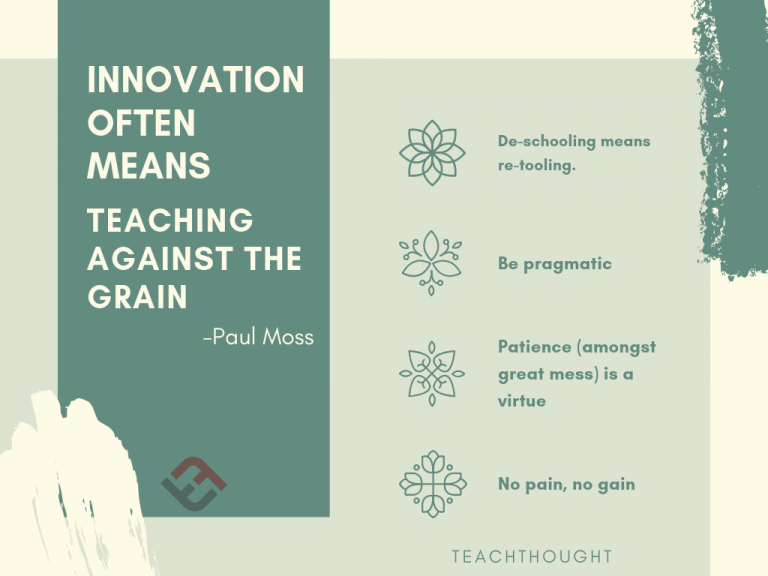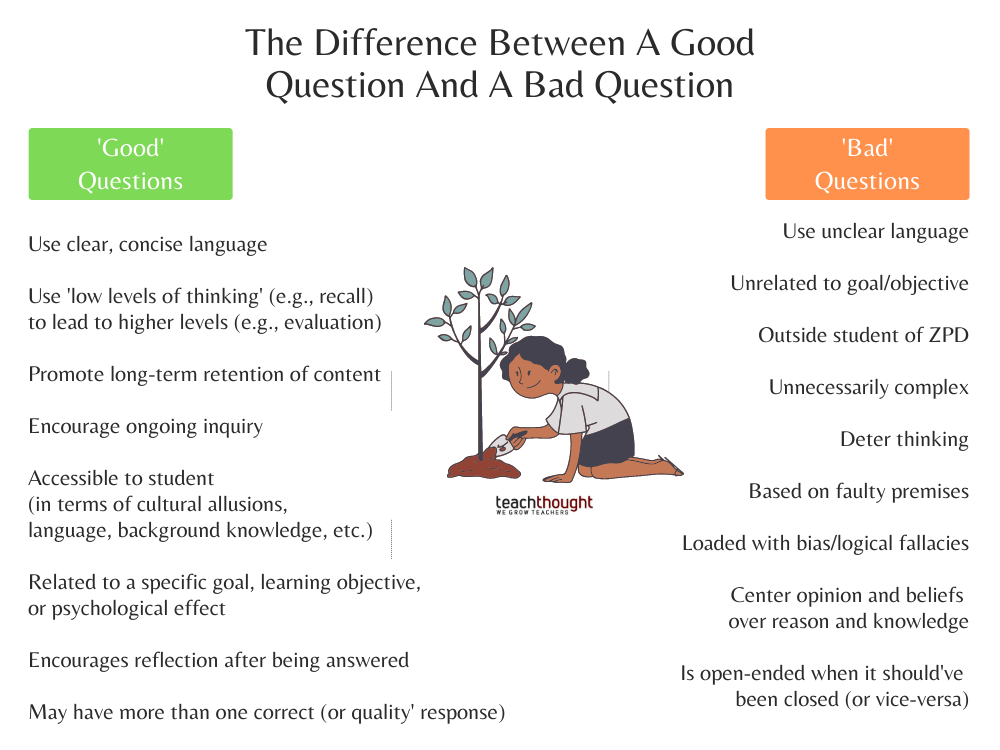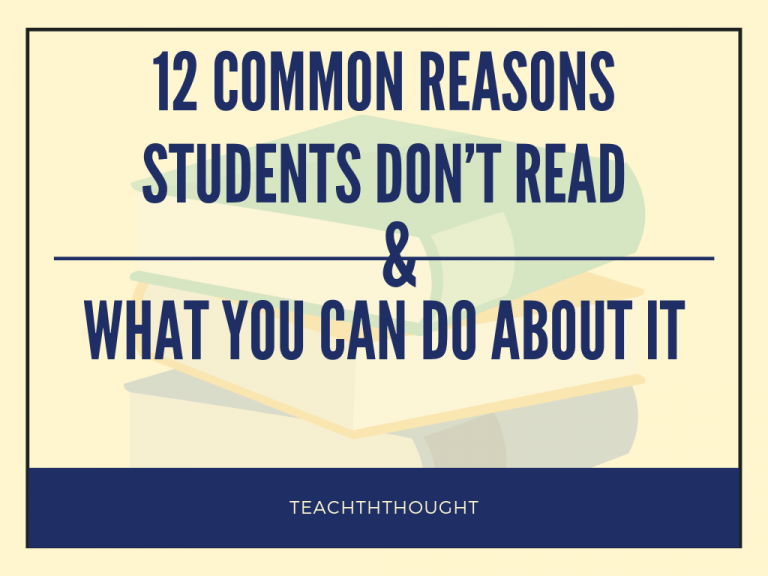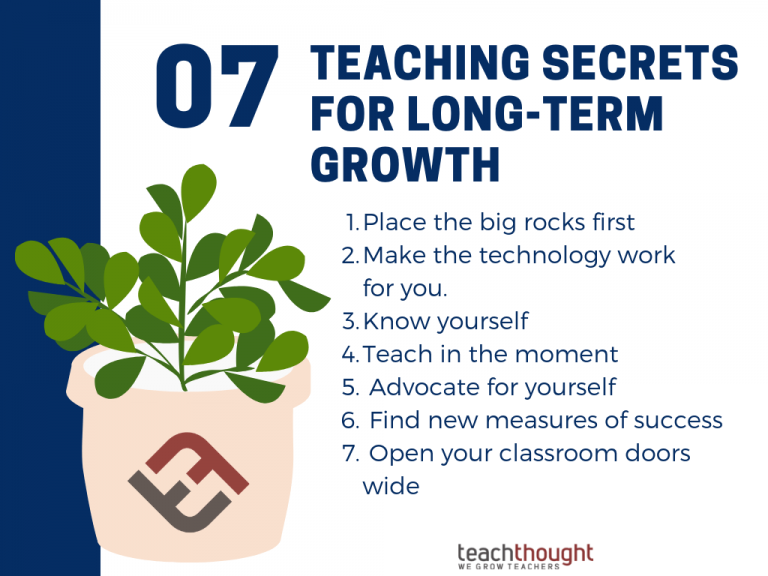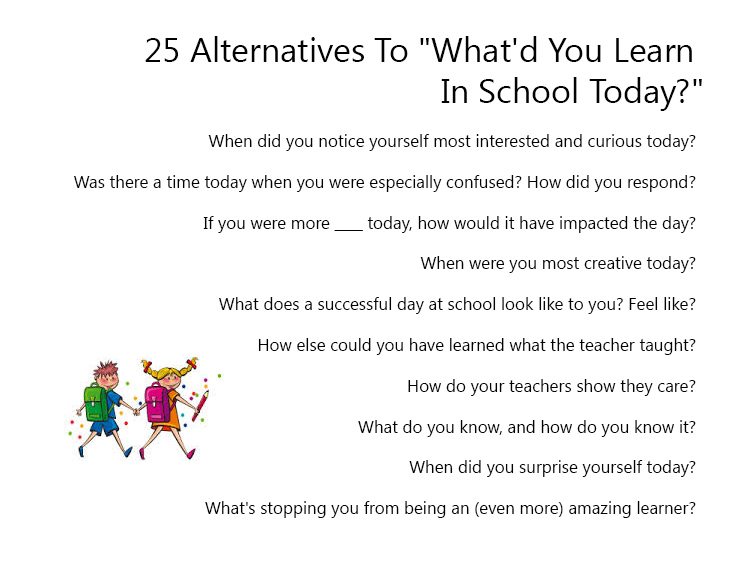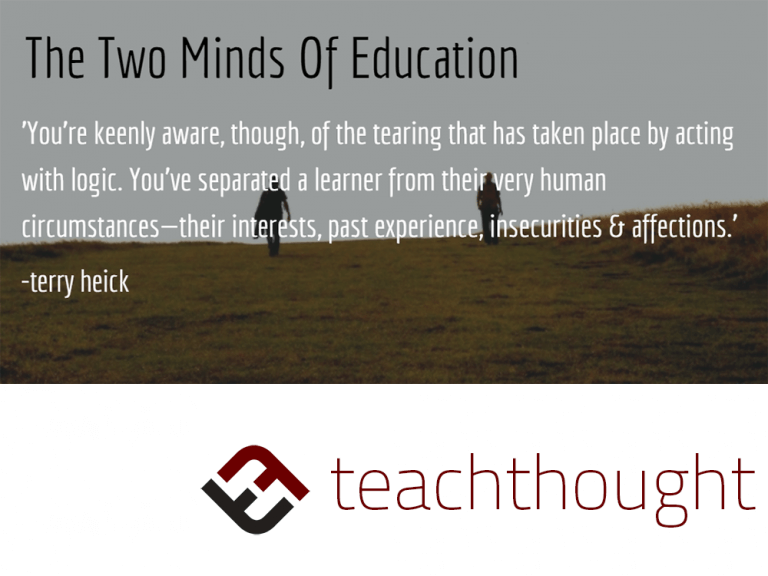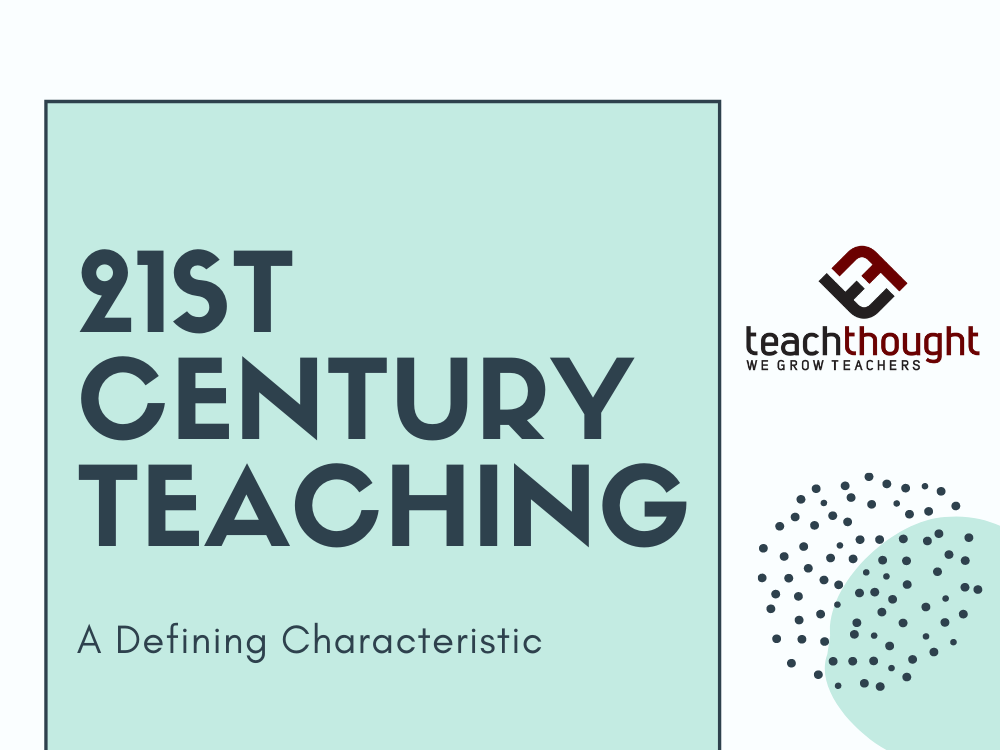
A Defining Characteristic Of 21st Century Teaching
by Terry Heick
Contrary to what you’ve probably read, you don’t have to be engaging to be a great teacher—at least not in any charismatic and charming sense of the word.
You can be relatively ‘boring’ and lead students to outstanding academic progress, mainly by staying organized, being reflective, flexible, and in constant contact with an active and ambitious professional learning networking. Teaching differently requires work.
A resourceful teacher with an internet connection is likely to encounter more professional development materials in a few days than many teachers saw in a lifetime two generations ago, which makes this an exciting time to be an educator. So you should definitely be ‘plugged in’ to some degree, but that plug could lead to a book rather than an iPad.
You don’t have to use technology either. It certainly helps–in fact, it’s almost impossible to personalize and authenticate learning without it–but it’s certainly possible without it. And for many teachers juggling curriculum, assessment, instruction, data, communication, professional learning community roles, and other tasks, technology can often overshadow more important pursuits.
Like learning.
You don’t have to know what every single initialism, phrase, and bit of #hashtag jargon means to be a great teacher either. It’s nice to be able to speak the language of 21st century learning with others that study it too, but it’s also easy to get caught up in that–in the trends, language, ‘connecting,’ and other realities that come with being a plugged-in modern teacher.
You don’t have to use project-based learning, mobile learning, standards-based assessment, or challenge-based learning to achieve great results, nor do you absolutely have to ditch lecture, adhere to backward-design principles, or have research to support every single decision you make.
And this isn’t an argument for resisting change (a death knell for great teaching) or even keeping it simple, either. As long as you get results–no matter how you choose to measure them–and your colleagues support you, you’re golden.
So do what works while contributing to your local professional learning community, data team, content area department, administrator’s expectations, district ‘non-negotiables,’ or whatever other reality you have to juggle.
The reality is, in 2013 there are an incredible variety of digital tools, learning models, and supporting data to suggest a thousand different approaches to preparing students for the work of their lives. That may be the defining characteristic of learning early in the 21st-century learning.
Possibility.
If nothing else, every classroom should be a highly curious, question-based, connected, and joyful petri dish of learning experimentation, adaptation, and change. In many ways, technology has made this possible, but more critical in this reality are the creative minds and collective wills of the teachers–as change agents–in every classroom across the planet, making ripples that will hopefully last a lifetime.
Achieving this doesn’t require you to be any one thing other than acutely attentive to possibility.
